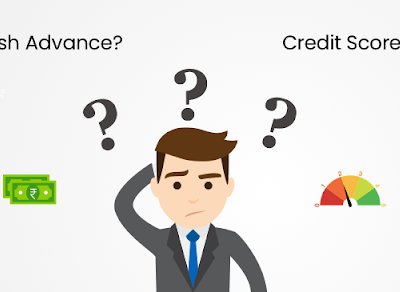This is true whether you are shopping for a car loan, a mortgage, or just an additional credit card. There are many different factors which influence what type of loan terms and conditions you receive if you are approved for new credit. The most common of these are:
- Credit history. Most lenders want to see a consistent and responsible payment history for all of your outstanding debt.
- Credit report. This report shows your past and current debt, including mortgage, car loans, credit cards, and any other type of loan. It demonstrates your ability to pay your debts in a timely manner and also states how long you have until the outstanding balances are paid off.
- Installment and Revolving credit history. Again, this indicates your payment history with regard to revolving debt (such as credit cards) and also gives the current outstanding balance. Numerous credit card accounts that are all at their credit limits can significantly lower your credit score.
It's always a good idea to keep up with your credit report and history. This can be done by obtaining copies of your credit report from the three main credit reporting agencies, Experian, TransUnion, and Equifax. Check them carefully to make sure the information is correct and up-to-date.
Loan Terms to Consider
If you have more than one loan option, it makes good financial sense to choose the one with the best terms and conditions (translation: it will save you money). There are some basic features of loan contracts which you should familiarize yourself with before making a final decision on which loan to accept. They are:
1. Loan Term (length of loan in years)
If possible, you want to choose the shortest loan term you can afford. While this generally results in a higher monthly payment, it also allows you to pay off the loan more quickly and costs you less in interest charges over the life of the loan. A general rule of thumb is that the longer your terms (for example 48 or 60 months), the lower your monthly payment. But you will normally pay a higher interest rate (APR) so your overall interest payments will be higher also.
2. Annual Percentage Rate (APR)/Interest Rate
One of the most important factors to consider when deciding on a new loan is the interest rate or APR. Many people assume these are the same thing, but they actually are different. The APR calculates the interest rate including any fees charged while the interest rate is simply what you are charged in interest. All creditors are required to give you the APR/interest rate of your loan (along with other terms and conditions) in writing before asking you to sign a loan agreement. Remember, too, that usually the higher your credit score, the lower your interest rate on most loans. This fact reiterates how important it is to maintain a solid credit history and to keep your credit score as high as possible.
3. Total Amount of the Loan (what you actually will owe and pay)
This number is the total of the amount you originally borrow plus all of the fees and interest you will pay over the life of the loan. Obviously, you want to select the loan which allows you to pay the least amount of money overall. This option will generally have higher monthly payments, but again, will cost you less in the long run. If you can afford the larger monthly payments, most experts agree it is the smartest choice.
4. Balloon Payments
Balloon payments are normally associated with mortgages, but sometimes are included in car loans and personal loans. A balloon payment is simply a large, lump sum payment that is most commonly made at the end of a long-term loan. Loans offering a balloon payment option often have lower interest rates and smaller monthly payments. However, if you decide to accept a loan containing a balloon payment, you should be certain that you will have the necessary funds available to make the payment when it is due.
5. Monthly Payments
This is the amount of money you will have to pay each month for the life of your loan. Some loans which contain balloon payments or variable interest rates may offer lower monthly payments, but can be risky depending on your personal financial situation. If you feel it will be difficult to make the required monthly payments or committing to the loan will stretch you too thin financially, you should seriously reconsider what you can truly afford. As long as you can make the required monthly payment, it is usually best to take the loan that offers the lowest APR and interest rate.






